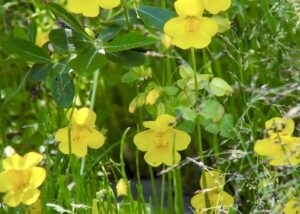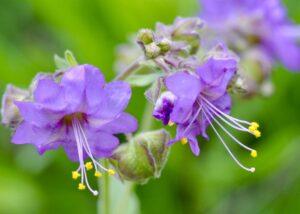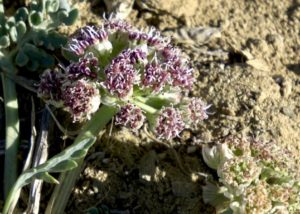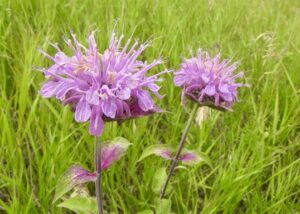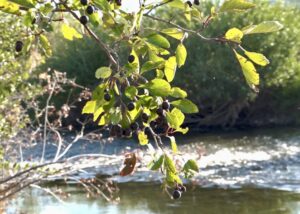Habitat
Desert, Sagebrush SteppePlant Uses
salve to sooth & heal abrasions & burns, tea for sore throat and brochial decongestantVideo Presenter
Arnold CliffordGlobemallow
A strikingly pretty flower with 5 bright orange petals, globemallows occur commonly in arid lowlands from deserts to sagebrush steppes and even into the foothills of the mountains. There are 10 or 12 common species. Some are small herbs with 2 or 3 flowers on a plant, while others are bushy, 3 feet tall and 3 feet across with 20 to 40 flowers on a plant. The flowers all look the same and the plants are all used in the same manner as a healing medicine.
From Mexico to Canada native people used the leaves, stems and flowers for healing salves to sooth and speed up healing of abrasions, punctures and burns including sunburn. When crushed in hot water the gooey polysaccharides in the leaf and stem tissues cause the collagen in skin to heal quickly and also triggers an immune response to clean up the wound and prevent infections.
It is also used to make a tea, which was taken internally to stimulate healing of mucous membranes of the intestines, stomach, lungs and kidneys. It is still used today as a sore throat medicine and bronchial decongestant.
Notes: Hollyhock, a close European relative of golbemallow, now grown as a garden flower, was imported into this country as a medicinal plant for the same medical uses.

